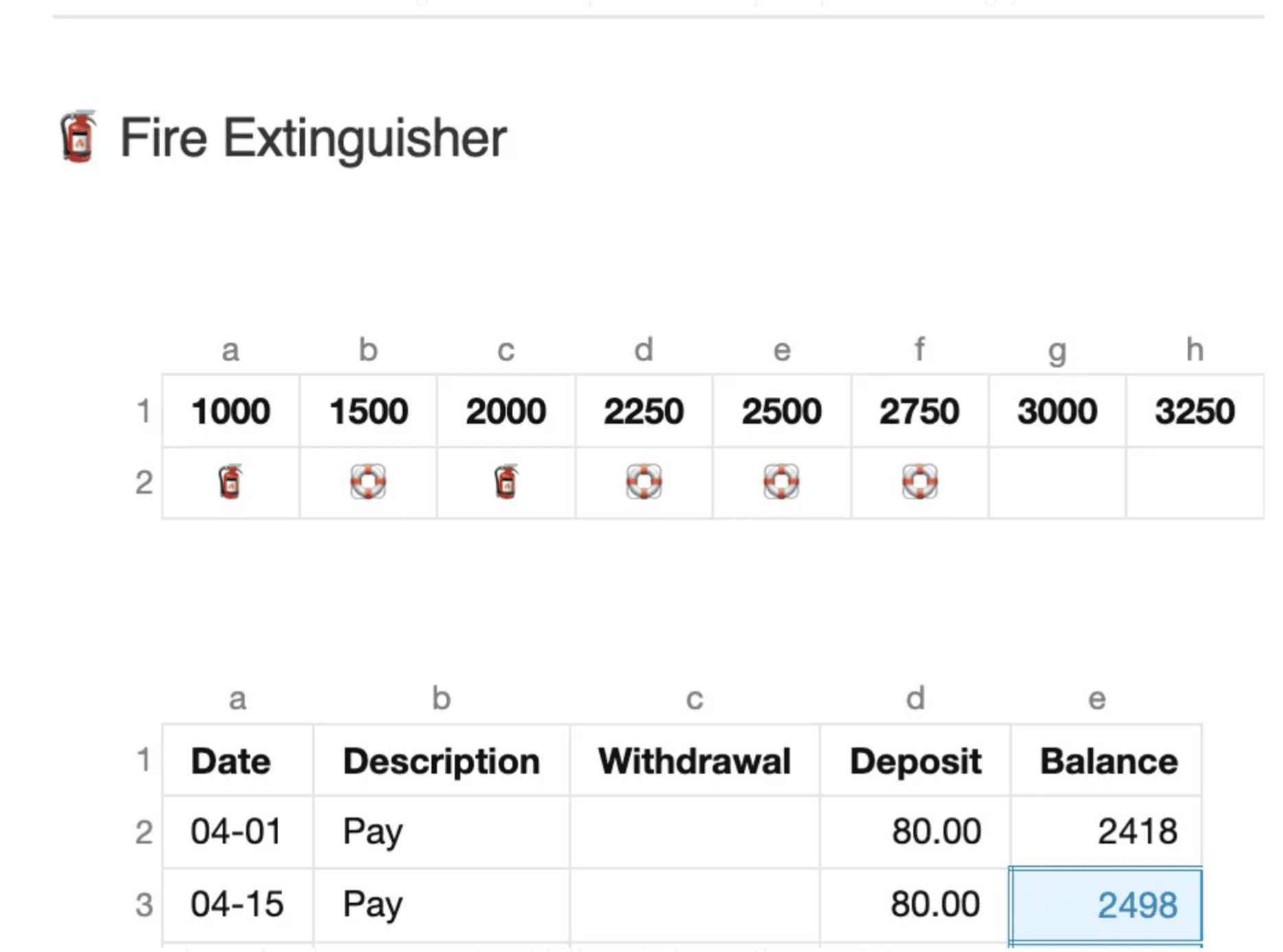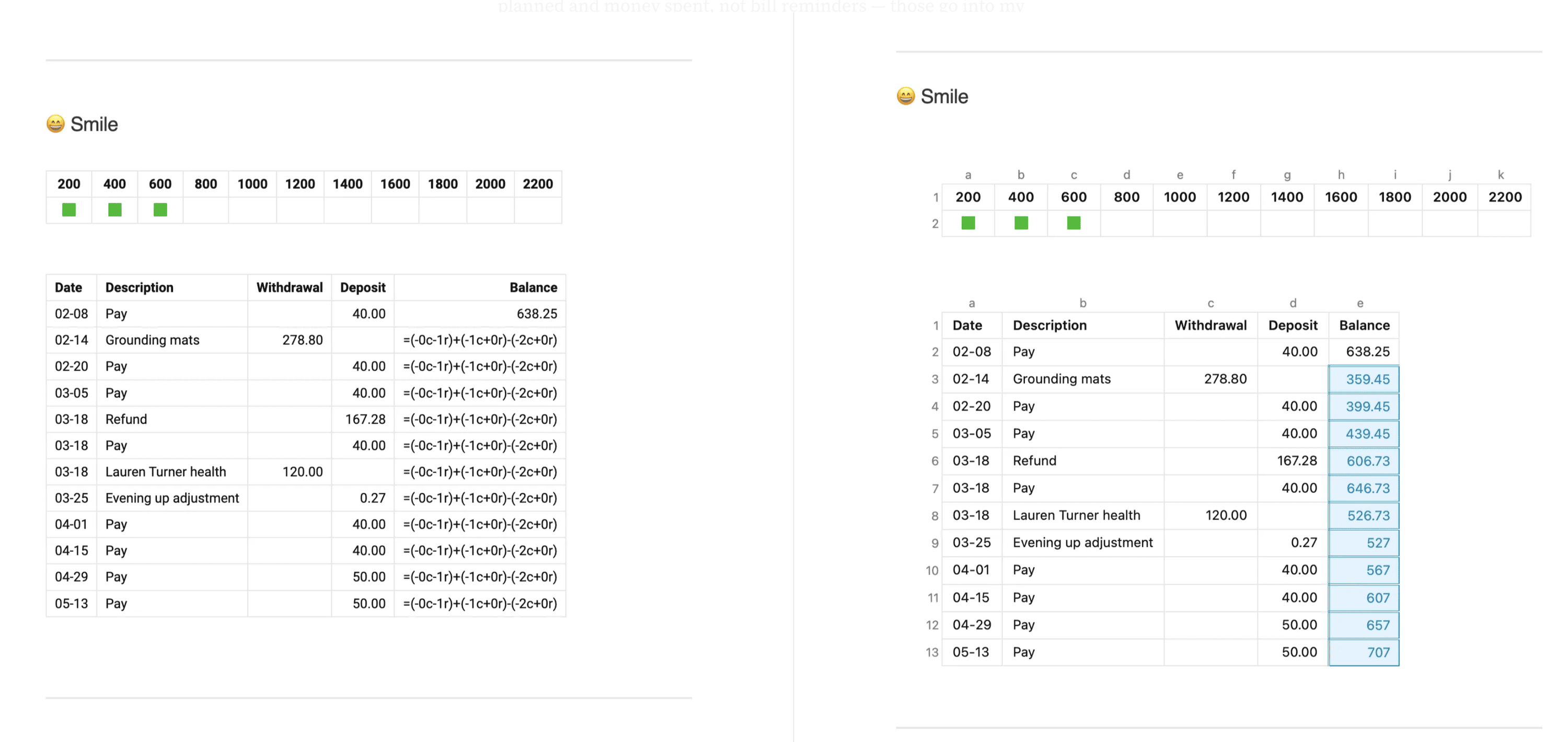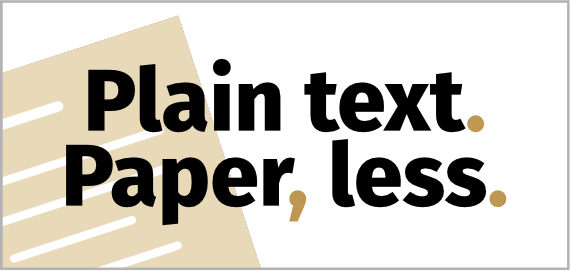Using paper for finance tracking has been invaluable for helping me understand the process, shaping my Markdown budget trackers into a text-based, hands-on envelope budgeting approach. Simple calculations mean I can take charge of my incomings and outgoings without a standard spreadsheet.
You may already know how to move a bunch of iPhone app icons from one screen to another in one move, but until this week, I didn’t. It’s a trick that would have saved me a lot (a LOT) of time and frustration in times past!
So simple!
Last year I wrote about wanting to get into plain text accounting (PTA). Since then I’ve been on a journey of giving up on traditional PTA in favour of simple budgeting with Markdown tables, then ditching those for a fully paper-based system.
Well, things have changed, or should I say, progressed, once again! Markdown tables are once again the main driver, with paper a transitory aid. This is a wonderful thing because the process itself prompted the change, not system-envy or shiny object syndrome.

↑ Simple, pretty, functional, not locked in. What more could I want?
No doubt I over-complicated things the first time I set up my Markdown tables for the envelope budgeting system.
After spending four months solely using paper I was able to understand the process better, and see how to adapt it to my circumstances. No more copying someone else’s method verbatim; I’ve gathered the elements that work for me and left the rest. It feels great!
The purpose of my process is to give insights on spending patterns, and to help me save up for both needs and wants. It looks like this:

↑ Obsidian screenshot by Author. Yes, that is indeed a Barefoot Investor-inspired Smile fund.
The CalcCraft plugin in Obsidian does simple table calculations for me as a non-vital convenience. Here are the formulas I use:
=(-0c-1r)+(-1c+0r)-(-2c+0r) - (formula in right most column of sinking funds) Calculates account balance after adding deposits/subtracting withdrawals.=(-1c+0r)+(-2c+0r) - (formula in right most column of paycheck budget) Adds budgeted amount to current balance to show projected total for each savings category=sum(b2:b21) - Calculate the total of a column of figuresEdited to add the column sum I prefer:
=sum(+0c2:+0c-1r) - Calculate the total of a column of figures from the second row above the current cell, to the cell immediately above itI’ll be interested to see how things are going after a few months with this approach.
⚠️ See also 2024-06-24 PTPL 110 - How to Easily Type macOS Modifier Keys for an important warning about the CalcCraft plugin!

Sign up to receive the latest content in your inbox
 PTPL 104 · 6 Plain Text Task Management Options—an Overview
PTPL 104 · 6 Plain Text Task Management Options—an Overview
 PTPL 106 · Digital Freedom Requires Intentional Use of Paper, Plain Text, and Plugins
PTPL 106 · Digital Freedom Requires Intentional Use of Paper, Plain Text, and Plugins